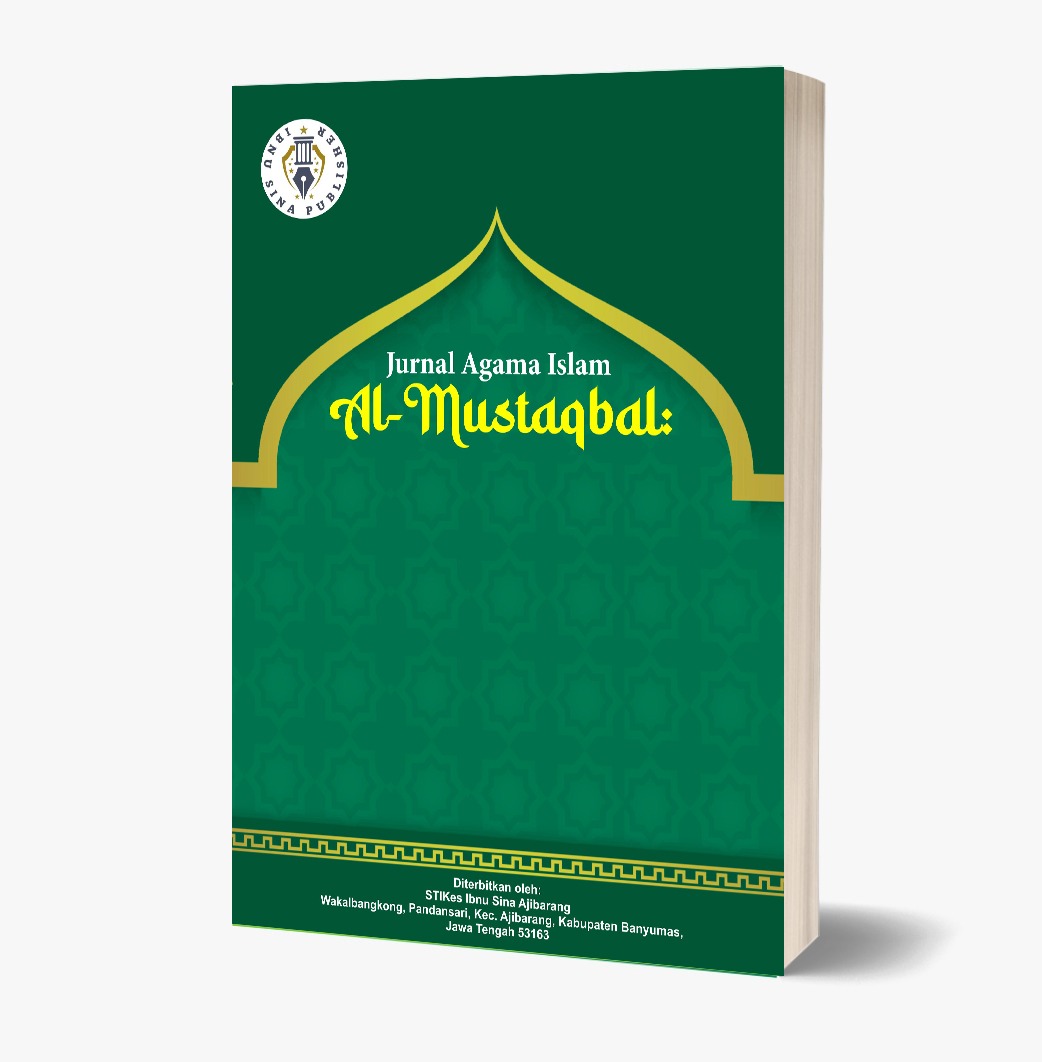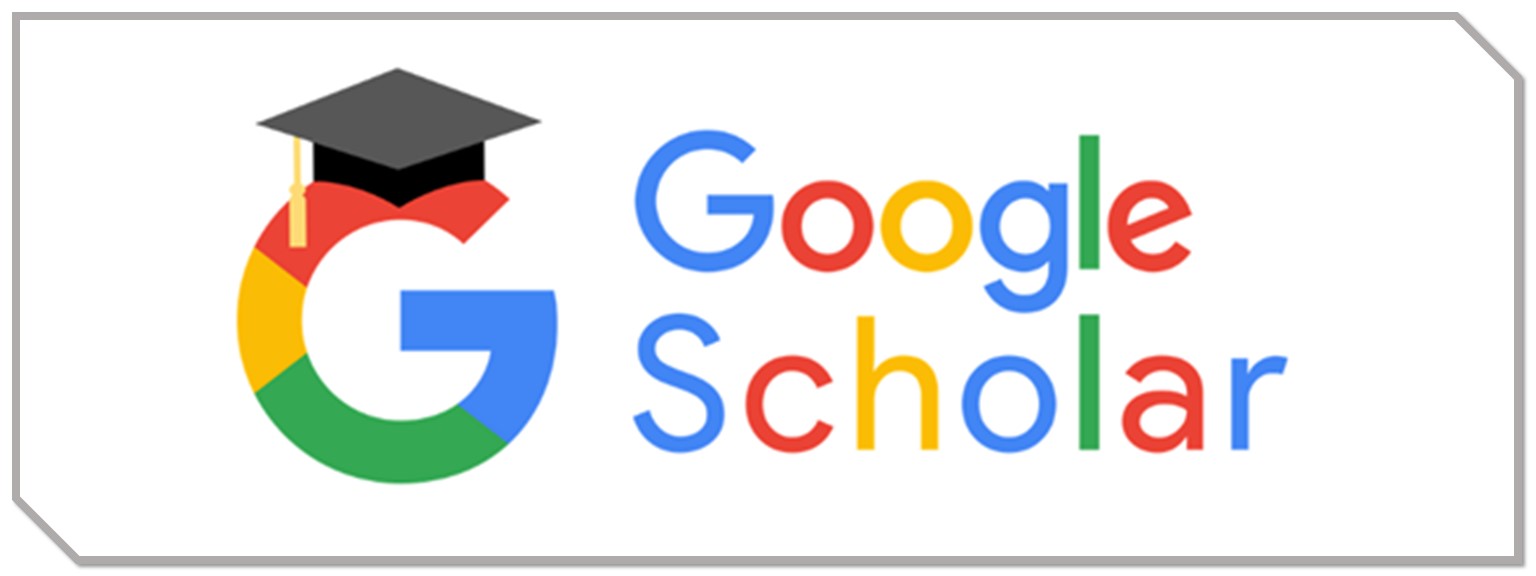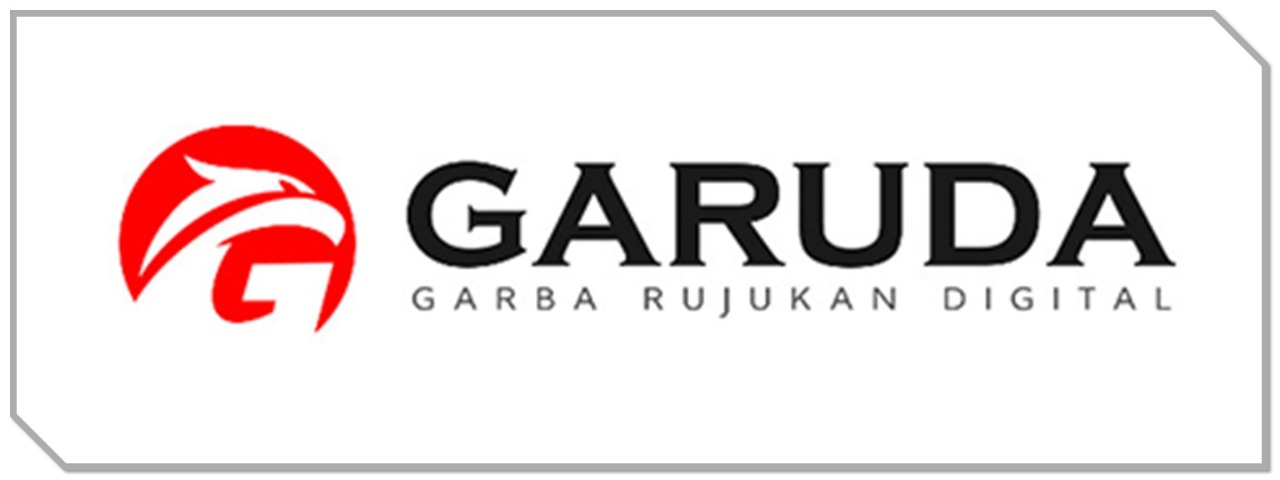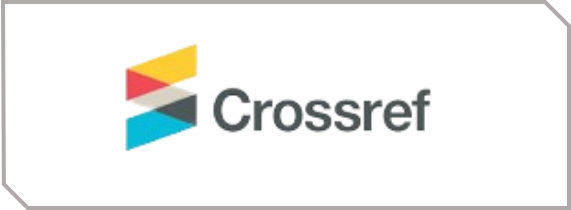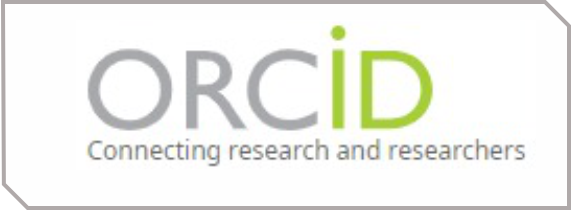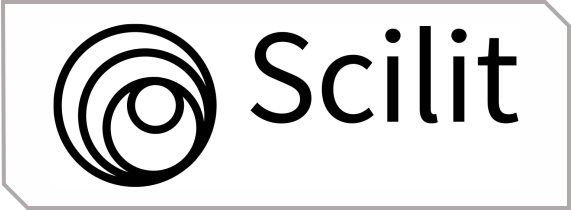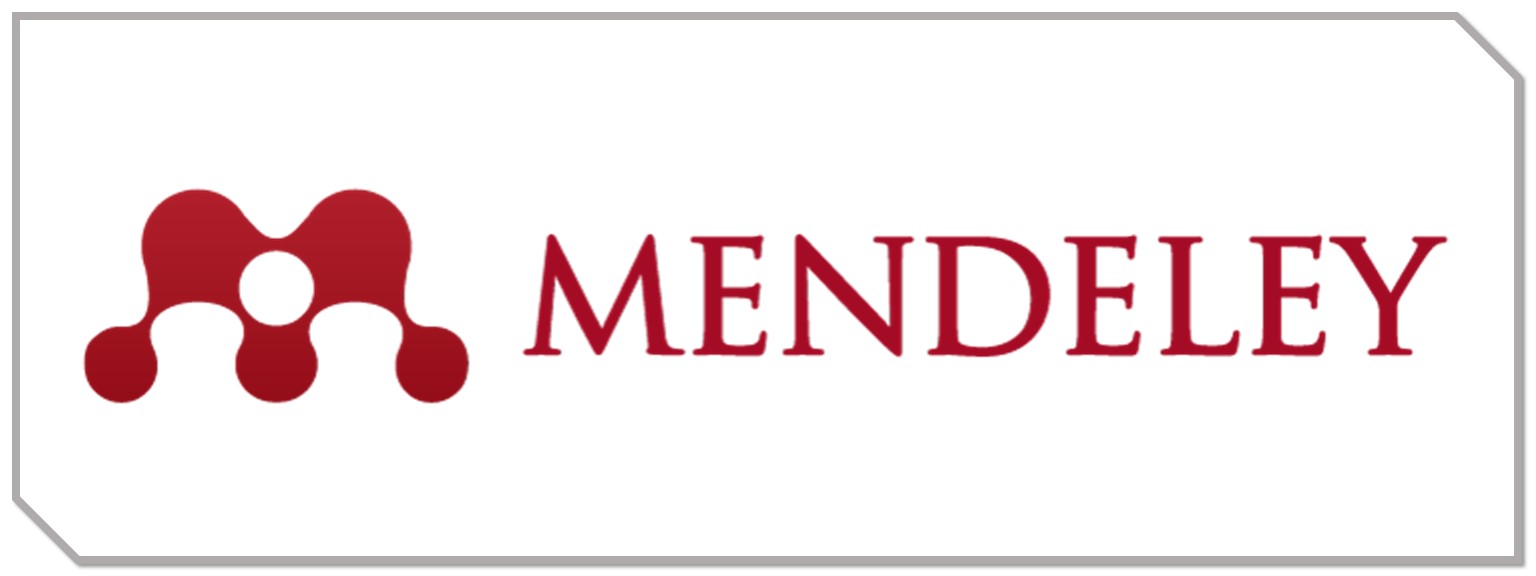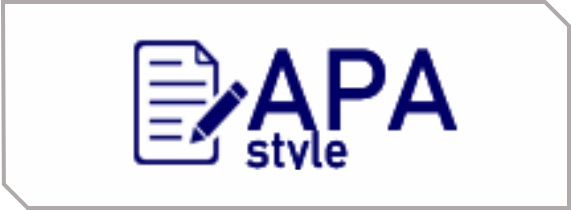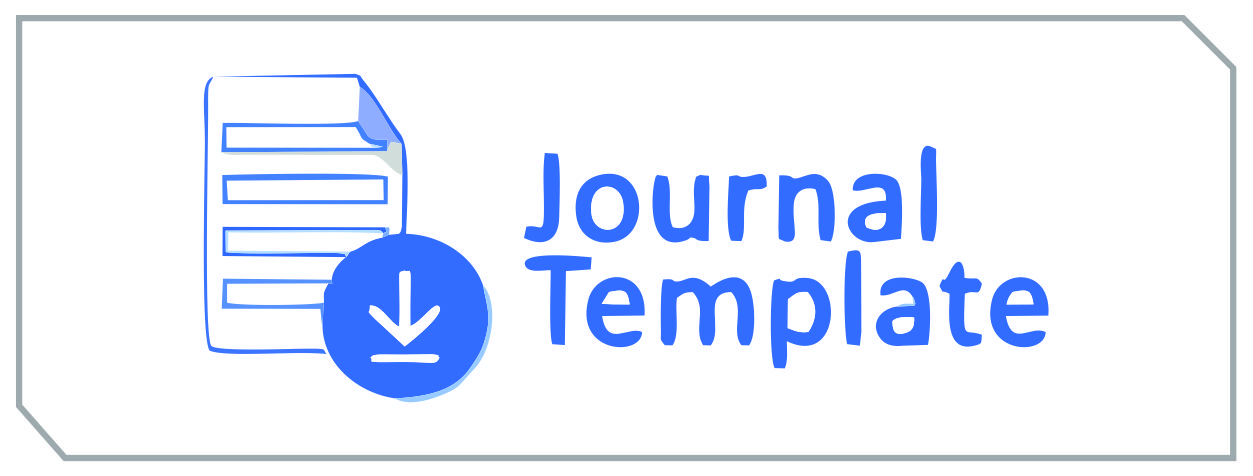Pendidikan Agama dan Keagamaan dalam Pendidikan Agama Islam
DOI:
https://doi.org/10.59841/al-mustaqbal.v2i3.268Keywords:
religious education, teacher professionalism, integration of science, student character.Abstract
Religious education and religious studies play a strategic role in shaping individuals who are characterful, faithful, and intellectually intelligent amidst the challenges of globalization and national development. This study aims to examine the characteristics of religious education materials, teaching patterns, and the professionalism of teachers in Islamic educational institutions in Indonesia. The research method employs library research and qualitative content analysis based on relevant literature sources. The findings show that religious education in Indonesia is systemically regulated by Peraturan Pemerintah Nomor 55 Tahun 2007, characterized by a holistic and integrative approach that combines religious values with science, technology, and contemporary culture. This education demands teachers who master not only formal teaching materials but also enrichment materials and possess high academic and social sensitivity. Teacher professionalism is a primary key to the success of this education in shaping students with noble character and the ability to adapt to changing times. The study highlights the importance of special development and training for teachers in religious education to fulfill their complex multidisciplinary roles optimally.
References
Asmani., J.M. (2007) Fiqh SosialKiai Sahal Mahfudh, antara konsep dan implementasi,. Surabaya: Khalista,.
Athariah Izmala, Devianty Yusuf, M.I. (2025) ‘Peran Guru Sebagai Nvigation Infomasi’, Pendas : Jurnal Ilmiah Pendidikan Dasar, ISSN Cetak : 2477-2143 ISSN Online : 2548-6950 Volume 10 Nomor 02, Juni 2025, 124(3), pp. 358–363. Available at: http://search.jamas.or.jp/link/ui/2014143423.
Barret, K.E. (2007) ‘PP No. 55 Tahun 2007’, Ятыатат, вы12у(235), p. 245.
Bhismantara, B.S. et al. (2024) ‘Upaya Peningkatan Kompetensi Guru Dalam Pemanfaatan Teknologi Pada Kegiatan Pembelajaran’, Jurnal Manajemen Pendidikan, 9(1), pp. 74–80. Available at: https://doi.org/10.34125/jmp.v9i1.80.
Kuhn, T.S. (1970) T The Structure of Scientific Revolution,. The University of Chicago Press,: Chicago.
Pramitha, D. et al. (2007) ‘3106-##Default.Genres.Article##-8235-1-10-20180316’, (55).
Saekan Muchith, K.M. (2015) ‘Karakteristik Pendidikan Agama dan Pendidikan Keagamaan’, HIKMAH Journal of Islamic Studies, 11(7), pp. 145–160.
Simatupang, P. (2003) ‘Analisis Kebijakan : Konsep Dasar Dan Prosedur Pelaksanaan’, Analisis Kebijakan Pertanian, 6(3), pp. 1–21.
Sugiyono (2014) Metode penelitian bisnis: pendekatan kuantitatif, kualitatif, kombinasi, dan R&D. Bndung: Alfa Beta.
Suriasumantri, J.S. (2005) Filsafat Ilmu: Sebuah Pengantar Populer. Jakarta: Sinar Harahap.
Syafii, A. and A’yuni, S.Q. (2019) ‘Politik Kebijakan Pendidikan Agama dan Keagamaan’, Tadrib, 1(1), pp. 104–121.
Syihab, M.Q. (2011) Membaca Sirah Nabi Muhammad SAW: Dalam Sorotan Al-Qur’an dan hadits-hadits Shahih,. Jakarta: Lentera Hati.


